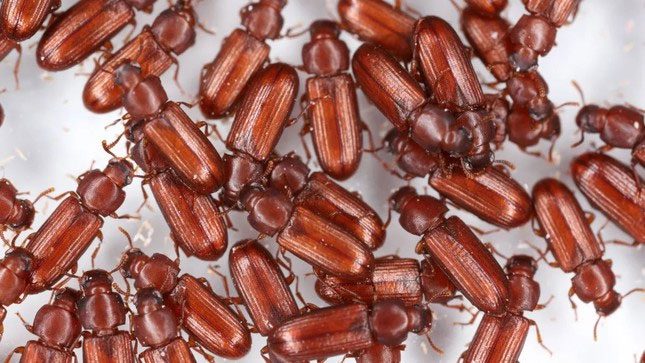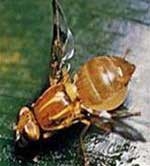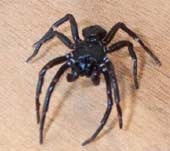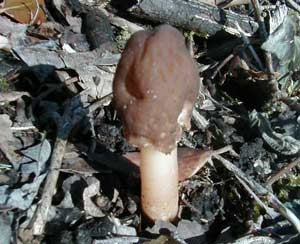Instead of drinking water through their mouths, beetles choose a different approach by using their rear ends.
According to a study published on March 21 in the Proceedings of the National Academy of Sciences, this unique method of quenching thirst is a way for insects to retain moisture, as they can live their entire lives without actually drinking water through their mouths.

Whenever beetles feel thirsty, all they need to do is take a sip of water – through their rear ends.
Although scientists have been aware of this drinking behavior, the mechanism behind it has remained unclear. Now, a new investigation by researchers from Denmark and Scotland reveals that these insects can absorb moisture from the air through their rectums and convert it into liquid, which is then absorbed into their bodies.
“A beetle can go through its entire life cycle without needing to drink liquid water,” said Kenneth Veland Halberg, co-author of the study and an associate professor in the Department of Biology at the University of Copenhagen, in a statement. “This is due to the modified rectum and the kidneys being closely pressed together, creating a highly specialized multi-organ system for extracting water from the food they consume and the surrounding air.”
For the study, scientists collected fecal samples from beetles such as wheat weevils (Sitophilus granarius) and red flour beetles (Tribolium castaneum), and under the microscope, found that their feces were completely dry and contained no water.
This is attributed to a gene known as NHA1 being expressed more than 60 times in the beetles’ rectum compared to the rest of the organism. This anomaly leads to a unique group of cells known as leptophragmata cells. The researchers identified that this plays an important role in how beetles absorb water through their tails.
Halberg explained: “Leptophragmata cells are small cells situated like windows between the beetle’s kidneys and the insect’s circulatory system, or blood. When the beetle’s kidneys surround its hindgut, the leptophragmata cells function by pumping salt into the kidneys so they can extract water from the humid air through the rectum and from there into their bodies.”





















































